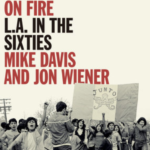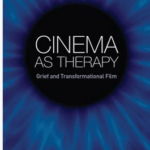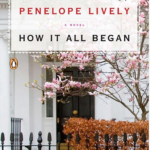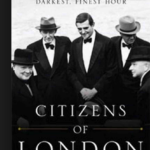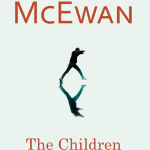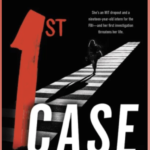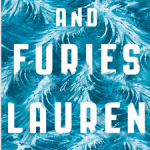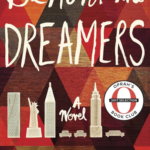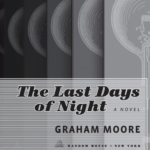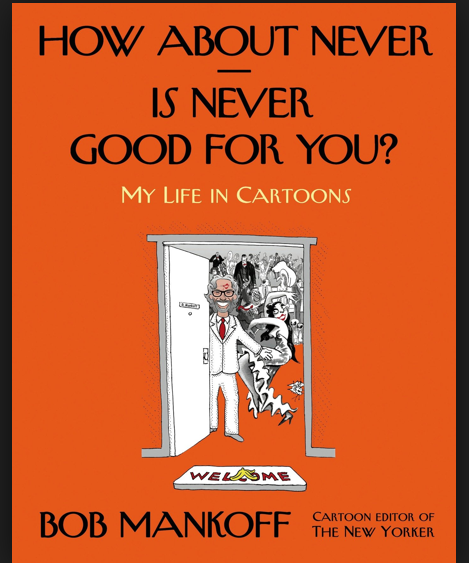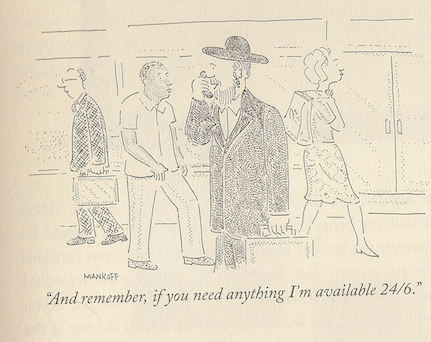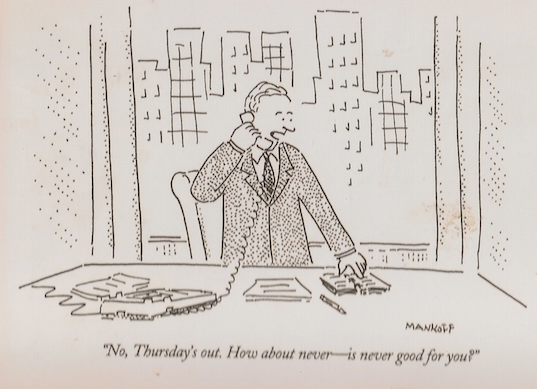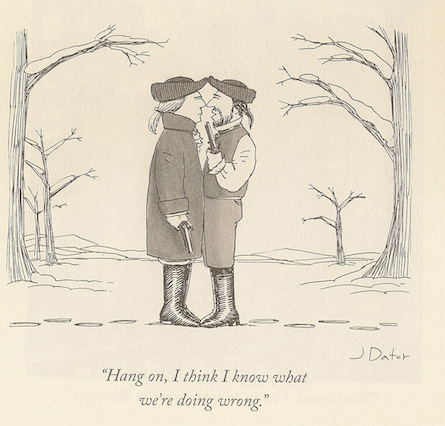The Absolutely True Diary of a Part-Time Indian by Sherman Alexie
The Absolutely True Diary of a Part-Time Indian by Sherman Alexie
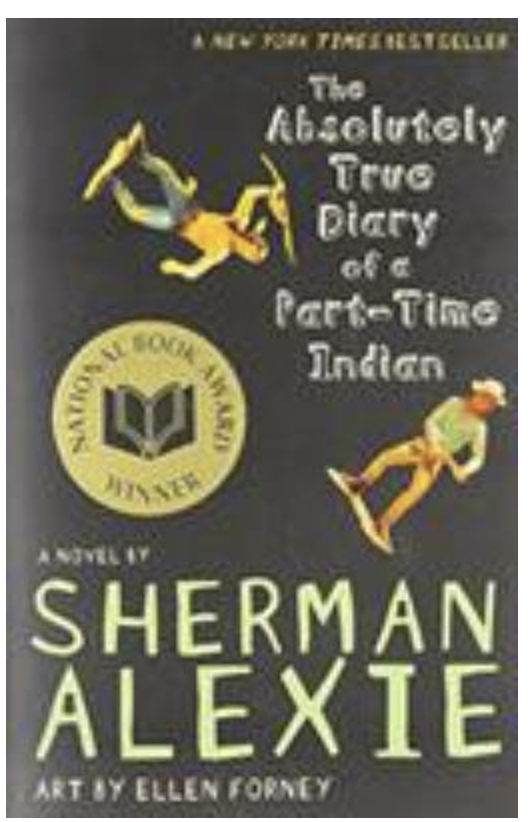 Any title that exclaims “absolutely true” raises the possibility that it may not be a 100% true and that the author may have taken some poetic license. However, this 2007 novel is clearly purported to be based on the childhood and young adult experiences of the author, Sherman Alexie who is an indigenous American who grew up on the reservation (or “rez” as the main character might say) of the Spokane Indian tribe. The story depicts his early family, school life, interaction with his teachers and friends, especially one key character, his best friend, Rowdy.
Any title that exclaims “absolutely true” raises the possibility that it may not be a 100% true and that the author may have taken some poetic license. However, this 2007 novel is clearly purported to be based on the childhood and young adult experiences of the author, Sherman Alexie who is an indigenous American who grew up on the reservation (or “rez” as the main character might say) of the Spokane Indian tribe. The story depicts his early family, school life, interaction with his teachers and friends, especially one key character, his best friend, Rowdy.
Poverty, alcoholism and despair on the “rez” are clearly shown. Then there is the pivotal event in our hero’s life which is his decision to transfer to a school in a white community 22 miles away from where he lives and his need at times to hitch a ride back and forth to school if his often-drunk dad cannot drive him.
We are shown how the main character interacts with the teachers, and other students at his new school, some of whom beat and bully him. We are also shown his accomplishments in varsity sports at high school in a very well-told fast-moving book.
The book is meant for young adults although apparently there has been some resistance in some places because of the realistic depiction of alcoholism, bullying, violence, profanity, sexuality, racism and other realistic situations. This did not prevent the book and the author from receiving numerous prestigious awards for this book, including the National Book Award for Young People’s Literature. It not only depicted issues specifically to this character and his life, but examined the universal themes of lasting friendship, aspirations, and even how the awareness of death and experiencing loss of a loved one impacts us all.
This is a relatively short book and there is an added-on section, which contains the author’s perspective from his adult point of view many years after he wrote the original manuscript. There is also an unusual component of the book which is involved with cartoons. The main character in the book was shown to express his feelings and view of contemporary life by drawing various cartoons. In preparation for this book, the author asked graphic and cartoon artist, Ellen Forney to create cartoons throughout the book. We are not sure why he did not use his childhood drawings. Perhaps, this was a fictional component of the story. It was also difficult to clearly view the cartoons on the iPad on which I read the book. However, this did not detract from a thoroughly enjoyable literary experience which I would recommend to all readers.
Please leave any comments below
If you wish to purchase this book on Amazon, please click here
Comment » | AM - Autobiography or Memoir, T - Recommended for Teenagers

